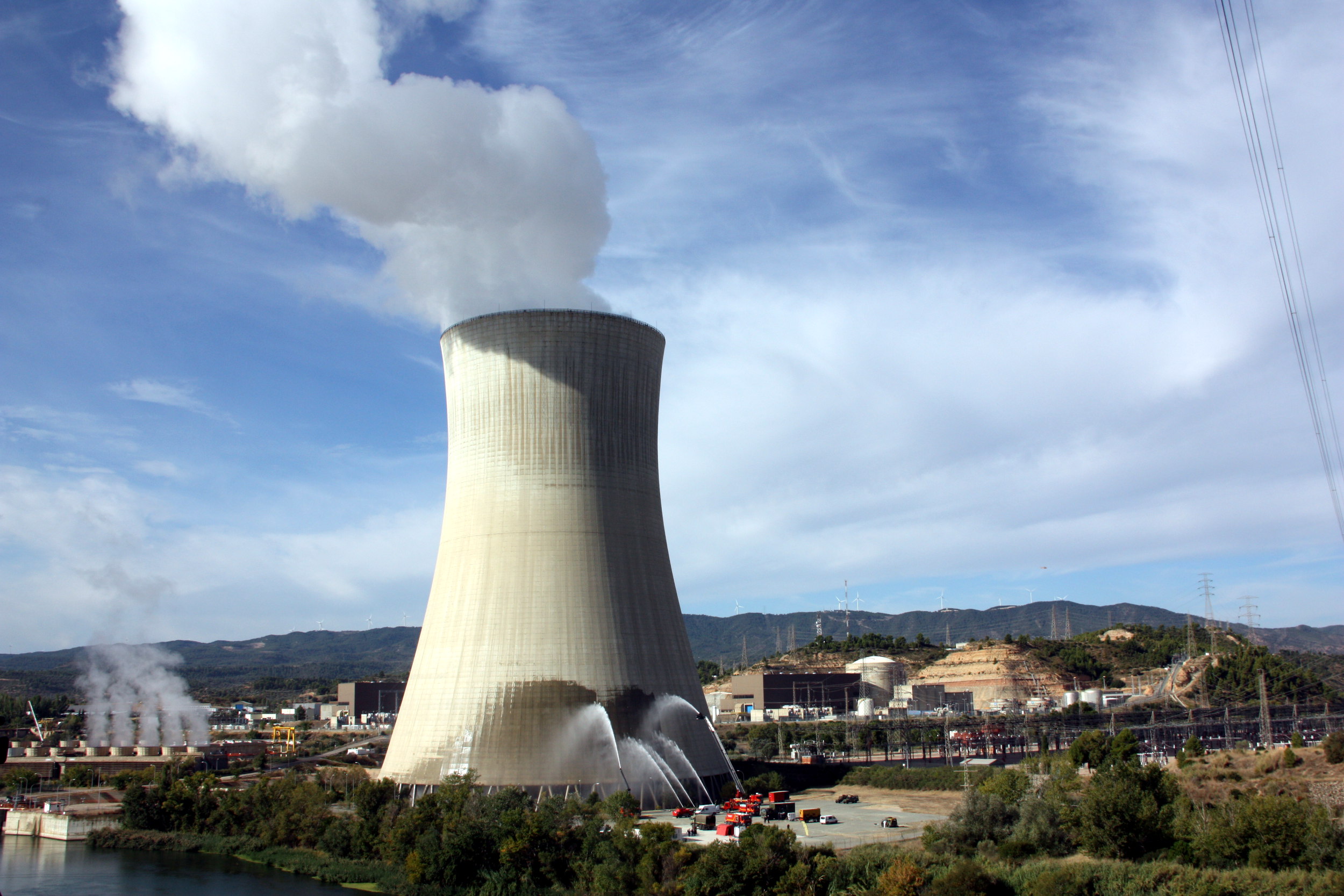Catalan companies subject to EU regulation increase CO2 emission by 4%
Carbon dioxide emissions by Catalan companies subject to EU regulation grew by 4% between 2013 and 2014, according to the report entitled “The Situation of the Worldwide Emissions of CO2”, and published by the Business and Climate Foundation, an organisation that works for an entrepreneur agreement on the fight against climate change. The figure is lower than the Spanish one, which increased by 7.2%. It is the first year that CO2 emissions have grown after many years of declining figures in Catalonia and one of the explanations given for the phenomenon by the author of the report, Arturo De las Heras, is the “reactivation of the economy after the closure of companies during recent years and the associated decrease in production”. Catalan companies emitted 13.5 million tons of CO2, which puts Catalonia in fourth place in the ranking among other Spanish regions, after Andalusia, Asturias and Galicia.

Barcelona (CNA).- The level of carbon dioxide emissions by Catalan companies that are subject to EU regulation rose by 4% between 2013 and 2014, according to a report by the Business and Climate Foundation. The figure is lower than the Spanish one, which increased by 7.2%. It is the first year that CO2 emissions have grown after many years of declining figures in Catalonia and one of the explanations given for the phenomenon by the author of the report, Arturo De las Heras, is the “reactivation of the economy after the closure of companies during recent years and the associated decrease in production”. Catalonia is the second region in terms of number of industries under EU regulation in Spain, with a total of 132 companies, 64 of them located in Barcelona.
The author of the study, Arturo De las Heras, explained that this phenomenon can be explained by the “reactivation of the economy after the closure of companies during recent years and the associated decrease in production”. The Catalan figure of 4% is lower than the Spanish one, which increased by 7.2%, but it is the first time that the figure has grown after many years of decline.
If the figures are analysed by sector, the cement industry has shown the biggest rise, with a 40.6% increase in a year. This increase is compensated for by the levels of other economic activities, such as paper and plaster production, which decreased by 16%.
Catalonia was responsible for 14.7% of the emissions subject to EU regulation in Spain. This represents 13.5 million tons of CO2, and puts Catalonia in fourth place in the ranking among other Spanish regions, after Andalusia, Asturias and Galicia.
Catalonia is the second region in terms of number of industries under EU regulation in Spain, with a total of 132 companies, 64 of them in Barcelona, 34 in Tarragona, 21 in Lleida and 13 in Girona. 48.1% of the emissions of the Catalan companies were emitted in Tarragona, and the province produced 6.1 million tons of CO2. Barcelona generated 45.4% of these emissions and 6.1 million tons of CO2. Lleida and Girona produced the same percentage of emissions, 3.2%. De las Heras states that the report concludes that “economic reactivation doesn’t help” to improve environmental and energy efficiency.
According to the report, the emissions in Catalonia are distributed over 5.7 tons of CO2 per person per year, which is lower than the average Spanish citizen, which produces 6.8 tons of CO2 per year; and under the average EU citizen’s level of 8.8 tons per year. De las Heras said that there were no data for 2014 total emissions yet, but that the report highlights that total emissions decreased by 8.2% from 2012 to 2013.
The case of Spain
Spain registered the emission of 130 million tons of CO2 in 2014, 8 million tons more than the year before. An industry that has been one of the big contributors to this figure is electrical generation from coal, with 40 million tons, an increase that represents an 11.2% rise on 2013.
Apart from that, the total number of emissions decreased by 12.5% in 2013, but according to the report, the Ministry of Agriculture, Food and Environment in Spain expects a growth of 1.1% for 2014. De las Heras states that it will be difficult to reduce the emission of CO2 in Spain in the near future, and highlighted that when the data from 2016 is published, this tendency will be shown and it will be demonstrated that 2014 has actually been “a turning point”.
Worldwide data
Europe showed a 5% reduction in emissions by companies that are subject to EU regulation. The total production of CO2 is calculated to be 1,800 million tons. The country with the greatest levels of emissions is Germany, with 21.1% of total EU emissions, and is followed by the United Kingdom, with a figure of 12.8%. Spain is the 6th country in the ranking, and represents 7.2% of European emissions.
Comparing this with worldwide data, the United States of America and China contributed by being the leaders in terms of emissions on a global scale and together emitted 43.8% of total CO2 emissions in the world. Emissions have grown by 2.2% on a worldwide scale compared to 2012, and by 56.1% since 1990. The country with the highest emissions per capita is Qatar, with 33.38 tons per person per year.